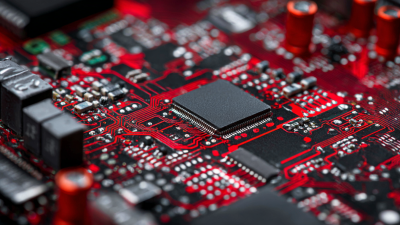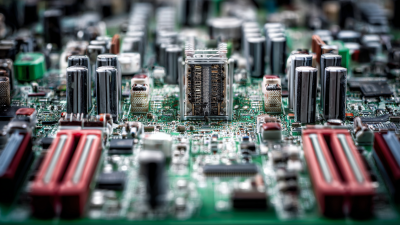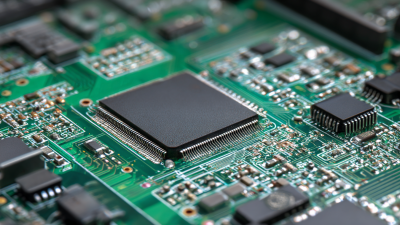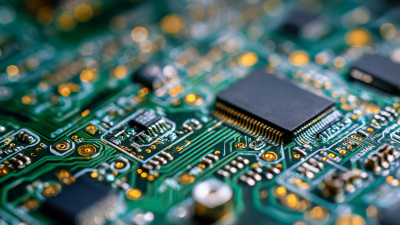In today's rapidly evolving technological landscape, the importance of circuit board design cannot be overstated. With the global printed circuit board (PCB) market expected to reach $82.3 billion by 2025, as reported by Research and Markets, the demand for innovative and reliable circuit board designs is more critical than ever. Effective circuit board design not only enhances performance but also ensures long-term reliability, reducing failure rates that can lead to costly downtimes. According to a study by IPC, nearly 30% of all electronic product failures can be traced back to deficiencies in PCB design and assembly. This highlights the necessity for engineers to adopt best practices in their design processes. This guide aims to provide essential tips and insights for circuit board design that align with industry standards, driving both efficiency and effectiveness in electronic product development.

When designing a circuit board, understanding the key principles that contribute to optimal functionality is crucial. One of the most critical elements is layout planning. A well-thought-out layout ensures efficient signal routing and power distribution, leading to improved performance. Designers should prioritize minimizing the length of signal paths and incorporating ground planes to reduce noise. Additionally, thoughtful placement of components can help avoid interference and ensure better thermal management.
Another important principle is the choice of materials. Selecting high-quality substrates and components can significantly enhance the circuit board's reliability and longevity. The dielectric constant of the materials influences signal integrity, while thermal conductivity affects heat dissipation. Furthermore, designers should consider the environmental conditions in which the PCB will operate. Using materials that can withstand moisture, temperature fluctuations, and other stresses will ensure a robust design suitable for various applications. By adhering to these key principles, engineers can create circuit boards that not only function optimally but also endure the test of time.
This chart illustrates the importance of various design principles in circuit board performance and reliability. The data represents the average impact of different design practices on functionality, measured on a scale from 0 to 100.
Effective component placement is a critical aspect of circuit board design that can significantly influence both the performance and reliability of electronic devices. By strategically arranging components, designers can enhance signal integrity, minimize electromagnetic interference, and ensure optimal heat dissipation. Correct placement also impacts the overall efficiency of the board by reducing trace lengths, which in turn decreases resistance and improves power distribution.
To achieve optimal component placement, it's essential to consider factors like component types, usage frequency, and thermal management. For instance, high-frequency components should be placed closer to their power supply to reduce potential signal attenuation. Furthermore, incorporating a systematic approach to grouping functions, such as separating analog and digital components, can help in reducing noise and crosstalk, ultimately enhancing the board's overall performance. Through these strategic placements, engineers can not only meet performance specifications but also boost the reliability of the entire system, providing users with enhanced functionality and longer product lifespans.
When it comes to circuit board design, the choice of materials plays a pivotal role in determining overall reliability and performance. Essential materials such as FR-4, polyimide, and aluminum can significantly impact the board’s capability to withstand thermal stress and environmental challenges. For instance, FR-4, a widely used standard in the industry, offers excellent dielectric properties and mechanical strength, making it suitable for a broad range of applications. However, in high-temperature environments, engineers might opt for polyimide substrates that maintain their integrity under extreme conditions, thus enhancing reliability.
Moreover, the surface finish chosen for circuit boards can greatly influence the solderability and, consequently, the longevity of the product. Finishes like ENIG (Electroless Nickel Immersion Gold) provide excellent corrosion resistance and a reliable surface for soldering components, which is crucial in high-performance applications. The selection of appropriate solder masks and inks also ensures proper insulation and protection against moisture and contaminants, further promoting circuit board reliability. By prioritizing the right materials, designers can enhance not only the durability of the circuit board but also its operational efficiency in demanding conditions.
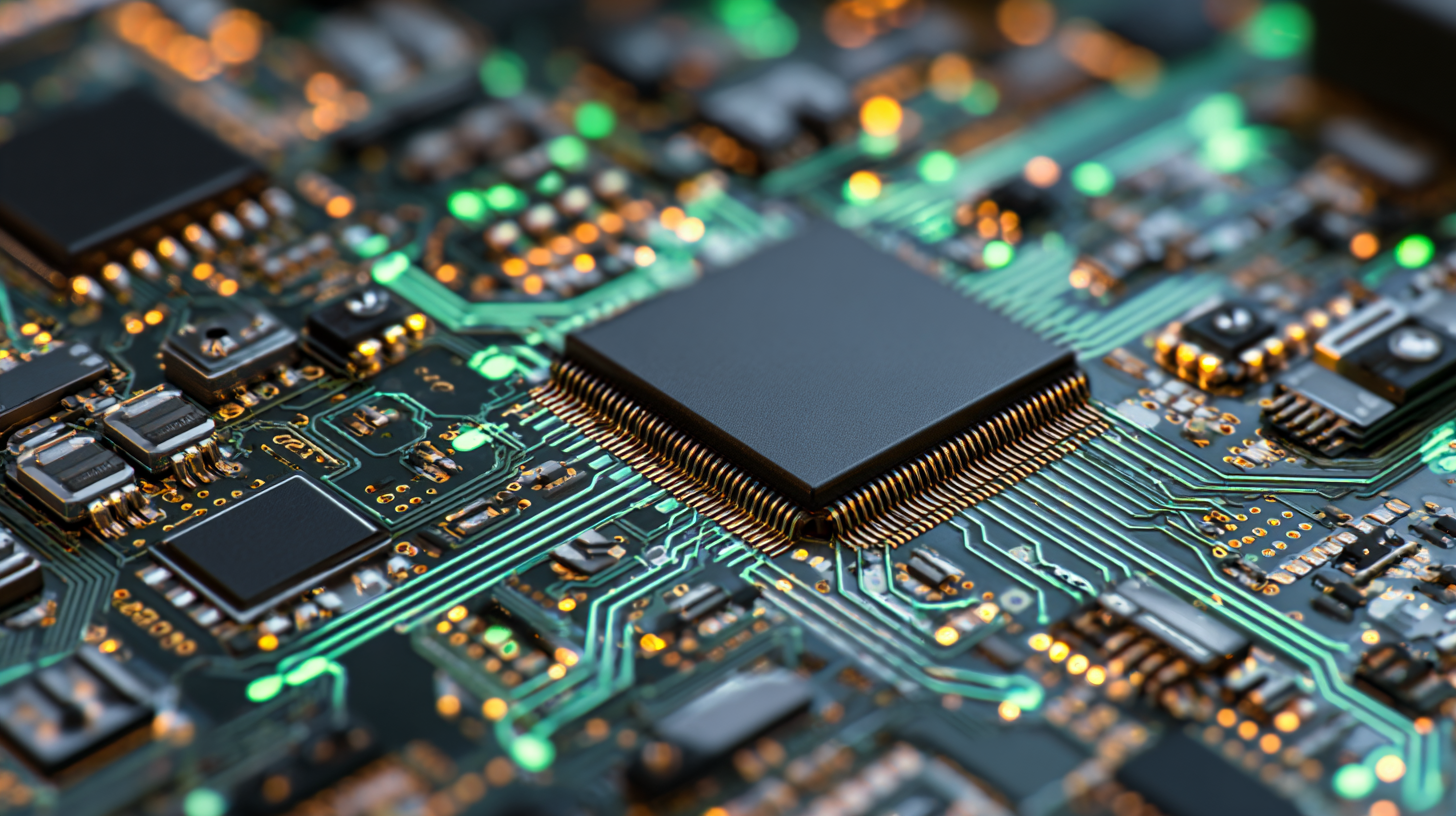
In circuit board design, avoiding common pitfalls can significantly enhance the performance and reliability of your final product. One major issue is improper grounding, which can lead to signal integrity problems and increase electromagnetic interference (EMI). According to a study by IPC, nearly 30% of design failures are directly attributable to inadequate grounding practices. Ensure that you utilize ground planes effectively and avoid daisy-chaining grounding paths to minimize potential issues.
Another frequent mistake is neglecting thermal management. The same IPC report highlighted that thermal-related failures account for over 40% of component malfunctions. Designers should prioritize incorporating heat sinks, proper ventilation, and thermal vias to manage heat dissipation effectively. Remember, components rated for high temperatures may still fail if the design does not accommodate adequate cooling.
**Tip:** Always perform thermal simulations during the design phase to predict temperature rise in critical areas and make adjustments accordingly.
Lastly, overlooking the importance of component spacing can lead to performance setbacks. Insufficient spacing can cause short circuits or hinder signal routing. Aiming for a minimum clearance of 0.5mm on PCB designs is often recommended for standard applications.
**Tip:** Use online tools and simulation software to assess spacing and ensure robust connections while accommodating thermal expansion.
| Design Practices | Benefits | Common Pitfalls | Avoidance Strategies |
|---|---|---|---|
| Layer stacking | Improved signal integrity | Incorrect layer arrangement | Use simulation tools to verify |
| Component placement | Optimized thermal management | Poor ventilation/dissipation | Plan thermal routes during design |
| Grounding techniques | Reduced noise interference | Improper grounding | Implement star grounding methods |
| Trace width calculation | Enhanced current carrying capacity | Underestimating heat generation | Use IPC-2221 standards for sizing |
| Design reviews | Higher design quality | Neglecting peer feedback | Schedule regular design checkpoints |
When it comes to circuit board design, testing and verification techniques are crucial for ensuring enhanced circuit integrity. One of the most effective methods is to implement Design for Testability (DFT) principles. This involves integrating test points and access ports into your design, enabling easier diagnostics during the testing phase. By carefully planning DFT, you can greatly reduce troubleshooting time and enhance overall reliability.
Another essential technique is to utilize automated testing tools. These tools can conduct a series of functional tests quickly and accurately, revealing any faults or weaknesses in the circuit. This proactive approach not only identifies issues early in the development phase but also helps in refining the design iteratively, resulting in a more robust final product.
Lastly, it's vital to establish a comprehensive validation process after prototyping. Include both simulation and real-world testing to evaluate the performance under various conditions. Pay attention to thermal management and signal integrity, as these factors significantly influence reliability. By adopting these strategies, you'll enhance the performance and durability of your circuit boards significantly.

